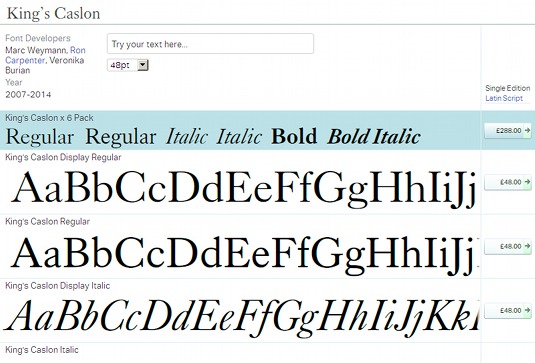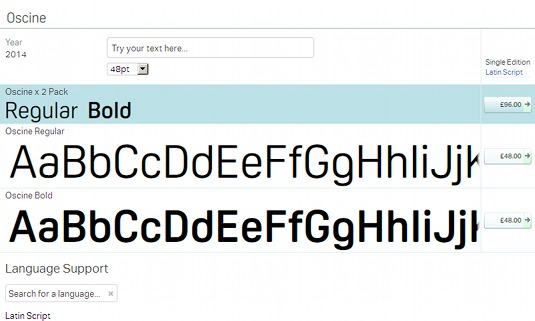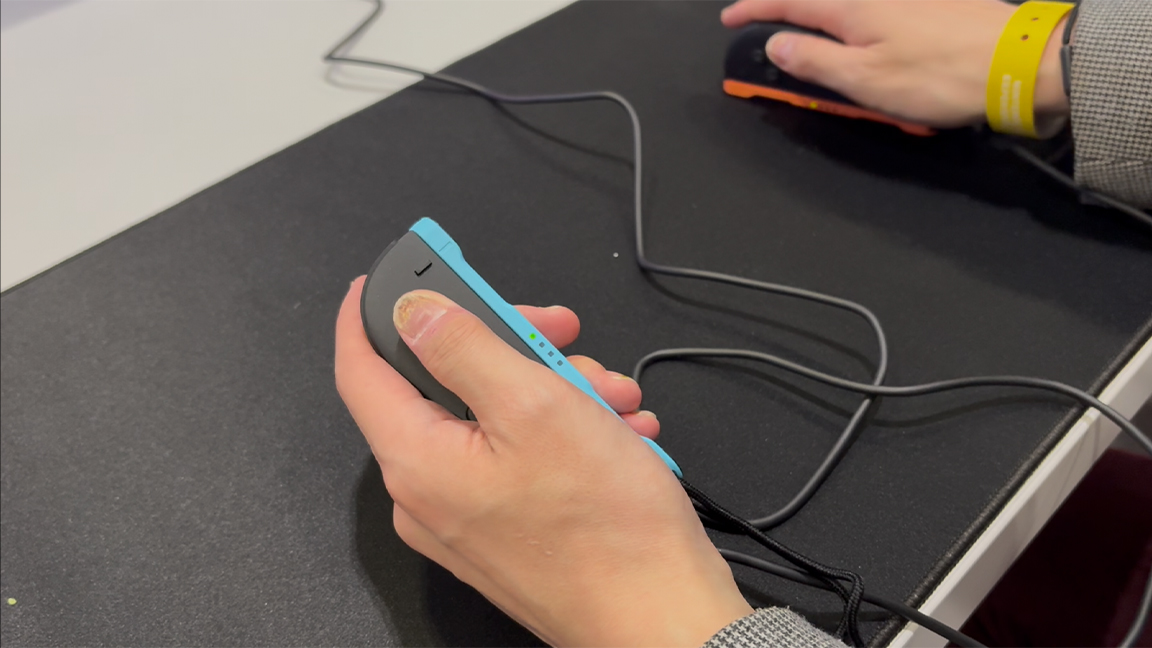Why classic type is like a Victorian house
Bruno Maag says updating a heritage typeface is more akin to renovating a house than demolishing it and starting again.
There is a romantic notion that Victorian houses are somehow more desirable than newly built ones. I agree that they can be charming. But are they really better than a new build, given that the original sash windows are going to be draughty, the old wiring unreliable and the lead pipe drinking water potentially harmful?
There are great type designs from as far back as Jenson, or the works by Garamond, Caslon, Baskerville and Bodoni, to name a few. And there is a similar romantic notion about metal type and the work done by our predecessors. Few would ever attempt to tear down a Victorian house to rebuild it with a few contemporary touches. So why is it that a great many type designers love to revive some metal type or other?
For some classic typefaces there are countless interpretations and versions. There are even revivals of revivals. Often, these typefaces only bear scant resemblance to the original and have taken on a style and expression of their own, and it's only from the font name that you recognise the source of inspiration.
I, too, am inspired by what our predecessors created. I'm not really interested in creating straight revivals, though. I find more satisfaction in coming up with new designs and solutions that respond to the time we live in and to the media we use. We do have a revival in our font library, King's Caslon, which was created for King's College London. We researched the original Caslon designs as well as interpretations published in the 20th Century. I think we successfully managed to maintain the spirit of Caslon and make it a design that functions in the broadest media usage.

At Dalton Maag, we create type for the corporate market, allowing us to create some original and new designs for specific purposes. For some designs, IP is transferred to the client once the change to a new visual identity is completed and the typeface is filed away. But for many others, we retain the rights, with the client holding exclusive usage for a number of years. We are now reaching the point where many of those exclusivity periods are drawing to an end.
This is the case with our newest library font, Oscine. It is the revival of the first of one of our own designs, originally created for UPC Digital. We have updated the font to be compliant with the latest technical specifications, and made changes to accord with digital usage. By reviving these fonts, we carefully maintain the spirit of the features whilst ensuring the typeface can be applied to a range of projects.

At Dalton Maag, we continue to release original designs into our font library. But we love discovering jewels in our archive to re-release to the world. We take care to retain the original intent of the design and only apply gentle changes. It is like renovating a Victorian property, keeping the spirit of the house, but furnishing it with contemporary features that we have become accustomed to.
Words: Bruno Maag
Bruno Maag is founder, creative director and chairman of independent font foundry Dalton Maag. He trained as a typesetter, but soon found his passion designing type. This article originally appeared in Computer Arts issue 229.

Thank you for reading 5 articles this month* Join now for unlimited access
Enjoy your first month for just £1 / $1 / €1
*Read 5 free articles per month without a subscription

Join now for unlimited access
Try first month for just £1 / $1 / €1
Get the Creative Bloq Newsletter
Daily design news, reviews, how-tos and more, as picked by the editors.

The Creative Bloq team is made up of a group of design fans, and has changed and evolved since Creative Bloq began back in 2012. The current website team consists of eight full-time members of staff: Editor Georgia Coggan, Deputy Editor Rosie Hilder, Ecommerce Editor Beren Neale, Senior News Editor Daniel Piper, Editor, Digital Art and 3D Ian Dean, Tech Reviews Editor Erlingur Einarsson, Ecommerce Writer Beth Nicholls and Staff Writer Natalie Fear, as well as a roster of freelancers from around the world. The ImagineFX magazine team also pitch in, ensuring that content from leading digital art publication ImagineFX is represented on Creative Bloq.
